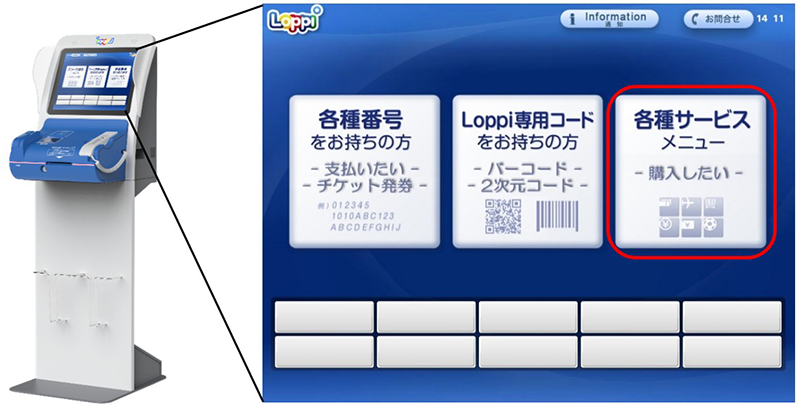
IIJ Expands Japan Travel SIM/Digital (eSIM) Access Through MINISTOP
Internet Initiative Japan (IIJ) just made it a whole lot easier for visitors to Japan to get online. Starting this week, its prepaid Japan Travel SIM/Digital (eSIM) will be available through MINISTOP Loppi multimedia terminals, found in convenience stores nationwide.
That means travelers can walk into one of MINISTOP’s 24/7 outlets, tap through the Loppi screen, and walk out with an eSIM QR code—no physical SIM card, no waiting around.
How It Works for Travelers
The Japan Travel SIM/Digital is designed for short-term visitors. Instead of fumbling with paper SIM packs at the airport or ordering in advance, travelers can now grab an eSIM on the fly. Once purchased, a QR code is issued, which can be scanned directly onto a smartphone. Activation is near-instant, a big plus for those arriving late at night or rushing between train transfers.
Why Convenience Stores Are the Secret Weapon
Convenience stores in Japan are more than snack stops—they’re mini travel hubs. They sell train tickets and event passes and even let you pay utility bills. Adding travel eSIMs to that list is a natural extension. By teaming up with MINISTOP, IIJ taps into an existing behavior: travelers already visit konbini (convenience stores) multiple times a day. For IIJ, this is less about infrastructure and more about distributing power.
What Sets IIJ Apart
Japan has no shortage of travel SIM options. At airports, kiosks from providers like NTT Docomo, SoftBank, and KDDI’s au already offer prepaid SIMs. Airalo, Holafly, and Ubigi meanwhile, push Japan eSIMs online, targeting travelers before they land. What IIJ is doing differently is blending physical presence with digital activation. By embedding eSIM distribution into konbini terminals, IIJ creates a middle ground: immediate access, but without the need for a staffed counter.
Market Context: Global Trends Meet Local Culture
Globally, eSIM adoption is accelerating. GSMA Intelligence reports that by 2028, more than half of all mobile connections are expected to support eSIM. Japan, however, has been slower to push consumer-facing eSIMs compared to markets like the U.S. or Europe. That’s changing. IIJ’s move mirrors trends seen elsewhere—Vodafone recently launched its “Champions Travel eSIM” across Europe, while Korean operators have begun offering eSIMs through airport kiosks and online checkouts.
Conclusion: A Smart Play in a Crowded Market
For travelers, IIJ’s partnership with MINISTOP is a win: simple, instant connectivity without the headaches of airport queues or online pre-purchase. Compared with global players like Airalo or Bnesim, IIJ isn’t competing on price or flashy app features—it’s leveraging Japan’s unrivaled convenience store culture to create frictionless distribution. In a market where eSIM is still maturing, that’s a bold differentiator. If trends continue, expect other Japanese carriers to follow suit, blending digital-first eSIMs with offline accessibility. For now, IIJ has scored a first-mover advantage in turning every MINISTOP into a connectivity pit stop.











